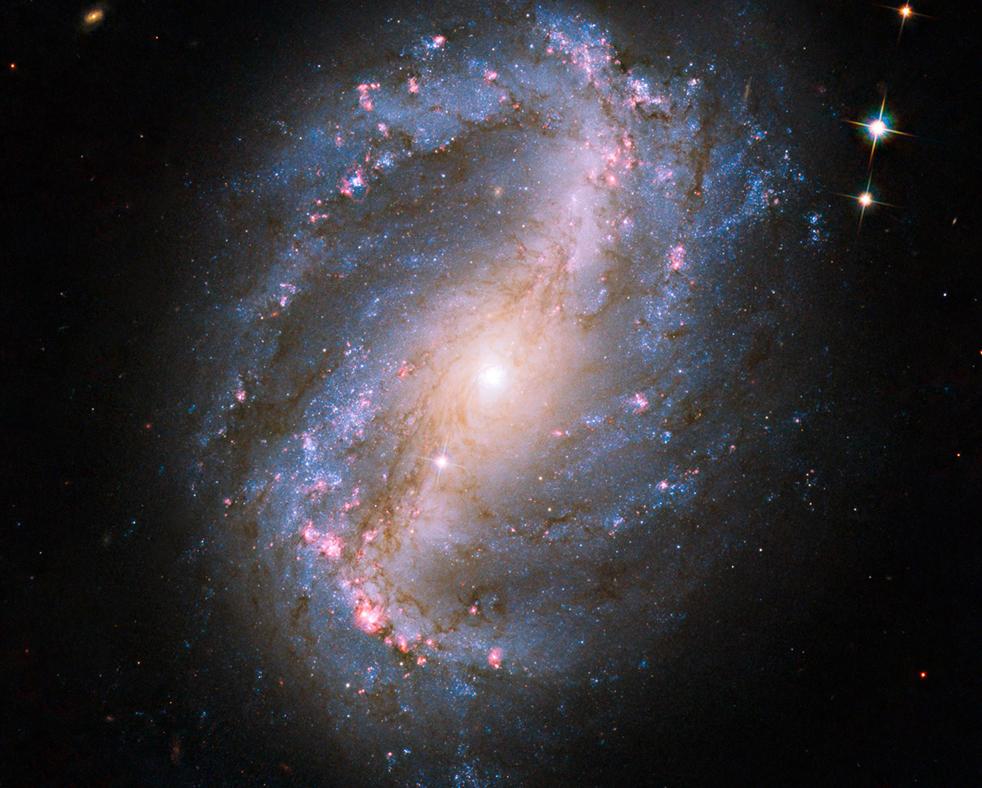‘Shoot for the stars, and you might hit the moon,’ the kindly teachers used to tell me whenever I wanted to do anything more complicated than tie my own shoelaces, and I’m sure they said the same thing to Louis Armstrong when he said he wanted to walk on the moon.
Well it’s now 41 years since him and Buzz Lightyear did just that, and while we can be pretty sure those NASA boffins were probably shooting for the moon all along, the endeavour stands as testimony to a brilliantly realised ambition. Everyone knows the ‘one small step for man’ speech that Armstrong made as he stepped foot on the moon, but his parting words, uttered under his breath as he clambered aboard Apollo 11, have been less well publicised.
“This one’s for you Jablonski,” he said in passing, not realising that the message was also being taped by NASA ground control. It was discovered in the archives years later by a baffled space historian, and after months of failing to make sense of it, he contacted Armstrong directly.
“Ah,” said the astronaut, smiling broadly. “It’s simple, really. I grew up in Ohio. Mr Jablonski lived next door and one night I heard his wife shout, ‘Oral Sex! You want Oral Sex! You’ll get oral sex on the day the kid next door walks on the moon!’ I just wanted to tell him the good news.”
 From the littered debris of the first stone tools, to a Bronze Age cloak pin accidentally dropped into the mud of a freshly tilled field, archaeologists also benefit from a latter-day Jablonski effect – the unintended consequences of other peoples efforts, reverberating down the generations. And whilst the durability of certain objects can be partially predicted (a product of what archaeologists call the ‘burial environent’) it’s the utter randomness of what remains to be found that really turns the archaeological wow factor up to 11.
From the littered debris of the first stone tools, to a Bronze Age cloak pin accidentally dropped into the mud of a freshly tilled field, archaeologists also benefit from a latter-day Jablonski effect – the unintended consequences of other peoples efforts, reverberating down the generations. And whilst the durability of certain objects can be partially predicted (a product of what archaeologists call the ‘burial environent’) it’s the utter randomness of what remains to be found that really turns the archaeological wow factor up to 11.
 The moon itself was left 118 tonnes heavier from its encounters with NASA spacemen – an extra-terrestrial archaeological record composed of crashed robot probes, lander components, TV cameras, lunar rover vehicles, flags, footprints, old food trays and litter, all dumped by the Apollo astronauts to save fuel before embarkihng on their journey home.
The moon itself was left 118 tonnes heavier from its encounters with NASA spacemen – an extra-terrestrial archaeological record composed of crashed robot probes, lander components, TV cameras, lunar rover vehicles, flags, footprints, old food trays and litter, all dumped by the Apollo astronauts to save fuel before embarkihng on their journey home.
If current predictions are true, our civilisation will one day crumble, or be destroyed by the Vogons, like in The Hitchhikers Guide to the Galaxy, to make way for a hyperspace bypass. With no atmosphere to hasten the process of decay, these bizarre lunar objects may outlast all earthly trace of human kind. And if, in that far-away future, our long dead solar system is visited by our alien counterparts – Space Monkey Archaeology Service Ltd (SMAS), the Jablonski effect will take a giant intergalactic leap for mankind. Now tell me that’s not Cosmic!


One comment